Yoga is more than just a workout—it’s a lifestyle centered on balance, mindfulness, and movement. Every time you step on the mat, your clothing plays a role The Science of Stretch: Best Fabrics for Yoga Clothing Explained
Yoga is more than just a workout—it’s a lifestyle centered on balance, mindfulness, and movement. Every time you step on the mat, your clothing plays a role in shaping your practice. While the style, fit, and color of yoga wear matter, it’s the fabric science behind those leggings, tops, and matching sets that truly makes the difference. The way fibers stretch, recover, and respond to heat and sweat is crucial in creating apparel that feels like a second skin.
In this article, we’ll break down the best fabrics for yoga clothing, explain how the “science of stretch” works, and guide you in making smart choices—whether you’re a yogi, a retailer, or a brand developing your own line.
Why Fabric Matters in Yoga Clothing
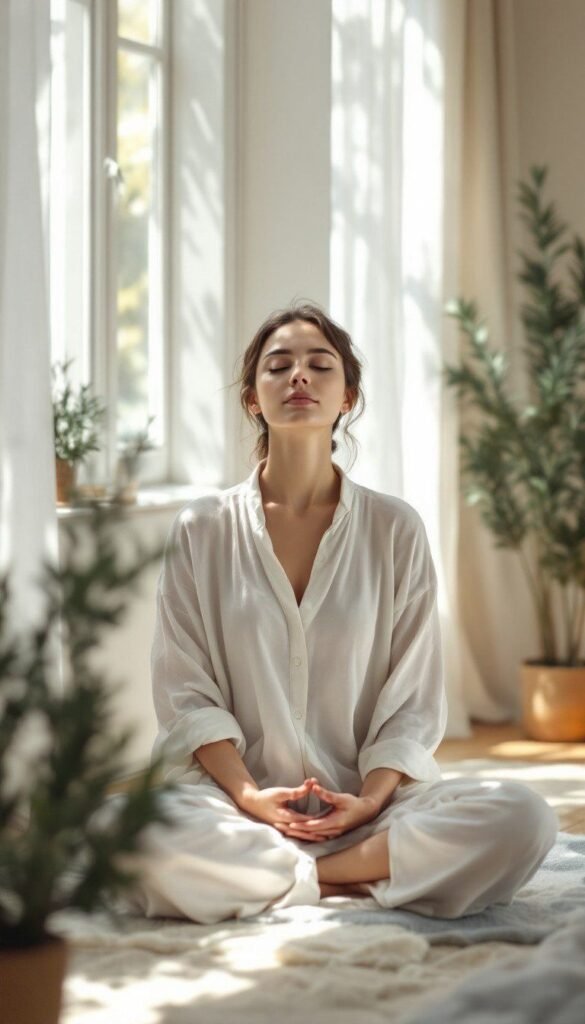
Unlike casual loungewear, yoga apparel must balance fashion with technical performance. Practitioners move through deep lunges, bends, inversions, and even sweaty hot yoga classes. Ordinary fabrics can restrict movement, sag, or trap moisture. High-quality yoga fabrics solve these challenges by offering:
- Flexibility to allow seamless stretching in every direction.
- Durability that withstands repeated washing without losing shape.
- Moisture-wicking properties to keep the skin dry and cool.
- Comfort through softness and a lightweight feel.
- Support with just the right compression for muscles and joints.
Without the right fabric, even the most stylish set will feel uncomfortable—or worse, distract from your practice.
The Science of Stretch
Stretch refers to how far a fabric can elongate under pressure and then return to its original form. In yoga wear, this is essential for comfort and performance.
- Two-way stretch fabrics extend in one direction (lengthwise or widthwise).
- Four-way stretch fabrics extend in both directions, adapting to every pose and movement.
For yoga, four-way stretch is the gold standard. It prevents leggings from slipping during inversions, allows tops to move with the ribcage during breathing, and ensures freedom in every transition.
Another important factor is stretch recovery—the ability of the fabric to bounce back. Poor recovery leads to sagging knees or stretched waistbands after just a few classes.

Best Fabrics for Yoga Clothing
Spandex (Elastane/Lycra)
Spandex is the foundation of nearly all yoga wear, though rarely used alone.
Pros: Unmatched elasticity, shape retention, smooth fit.
Cons: Not breathable, requires blending with fibers like nylon or polyester.
Best Use: Leggings, sports bras, body-hugging tops.
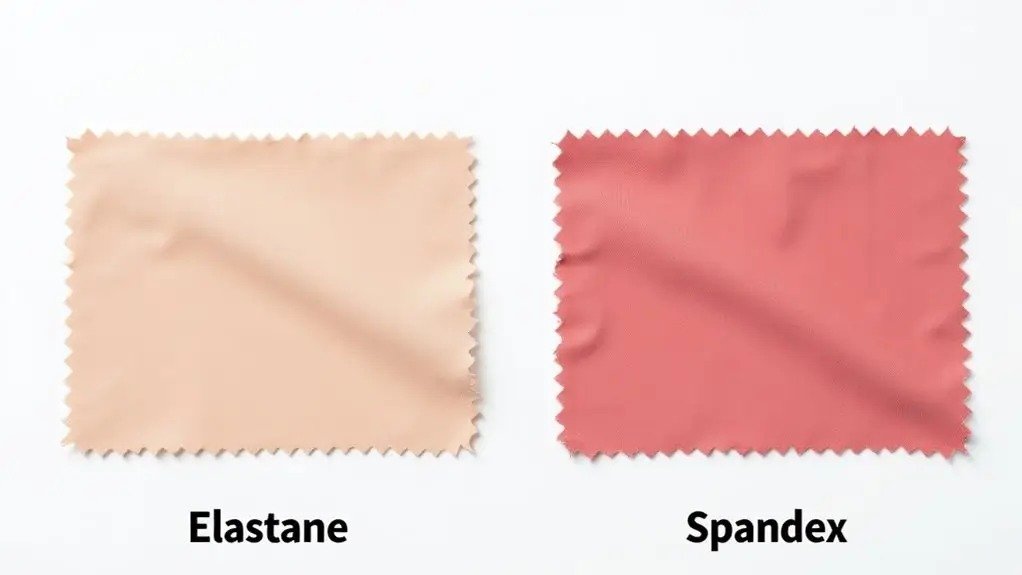
Nylon
A synthetic fiber prized for strength.
- Pros: Lightweight, quick-drying, abrasion-resistant.
- Cons: Can pill, less eco-friendly.
- Best Use: High-performance leggings, hot yoga outfits.
Polyester
Another synthetic widely used in activewear.
- Pros: Durable, sweat-wicking, colorfast.
- Cons: Less breathable, can retain odor.
- Best Use: Everyday leggings, versatile yoga wear.
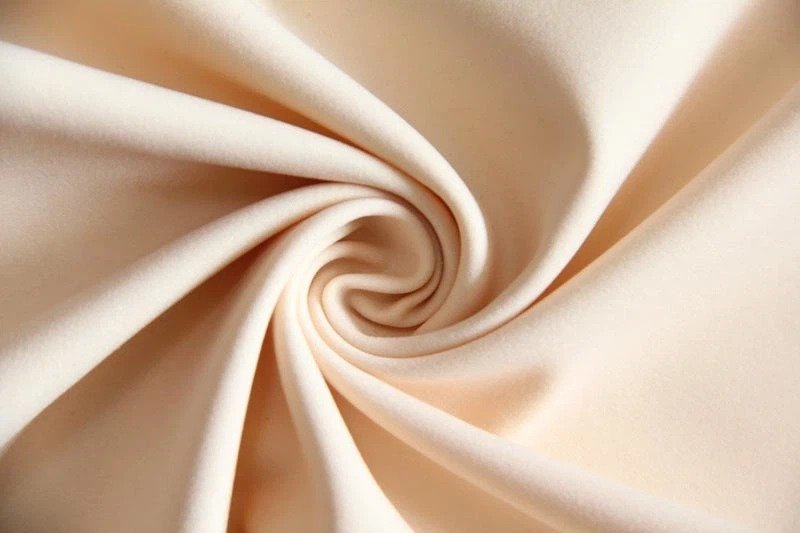
Cotton Blends
Natural softness with a touch of elasticity when blended with spandex.
- Pros: Breathable, skin-friendly, soft.
- Cons: Retains moisture, less durable in high-sweat conditions.
- Best Use: Gentle yoga, casual athleisure.
Bamboo Fabric
Eco-friendly and naturally antibacterial.
Best Use: Eco-conscious yoga wear, hot yoga.
Pros: Breathable, sustainable, moisture-absorbing.
Cons: Needs spandex blend for stretch.
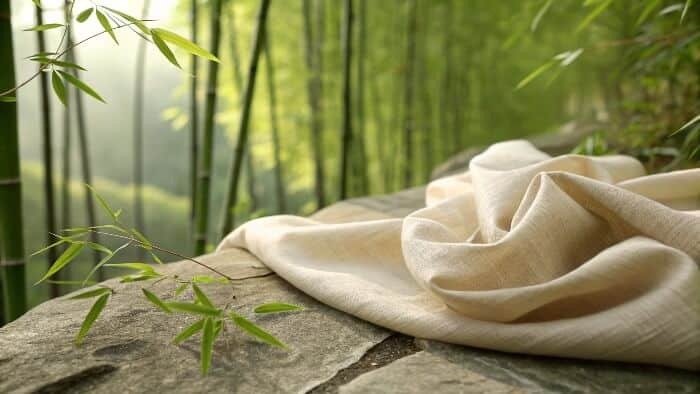
Modal and Tencel (Lyocell)
Derived from wood pulp with an eco focus.
- Pros: Soft, smooth, breathable, biodegradable.
- Cons: Limited stretch unless blended.
- Best Use: Tops, yoga-to-street styles, loungewear.
Fabric Comparison Table
| Fabric | Stretchability | Breathability | Durability | Sustainability | Best For |
|---|---|---|---|---|---|
| Spandex | ★★★★★ | ★★☆☆☆ | ★★★★☆ | ★☆☆☆☆ | Compression wear, leggings |
| Nylon | ★★★★☆ | ★★★★☆ | ★★★★★ | ★☆☆☆☆ | High-performance sessions |
| Polyester | ★★★★☆ | ★★★☆☆ | ★★★★☆ | ★★☆☆☆ | Everyday activewear |
| Cotton Blend | ★★★☆☆ | ★★★★★ | ★★☆☆☆ | ★★☆☆☆ | Casual yoga, athleisure |
| Bamboo | ★★★☆☆ | ★★★★★ | ★★★★☆ | ★★★★☆ | Sustainable yoga outfits |
| Modal/Tencel | ★★☆☆☆ | ★★★★★ | ★★★☆☆ | ★★★★★ | Stylish tops, eco sets |
How Different Yogis Choose Fabrics
Not all yoga practitioners have the same needs. Here’s how different groups approach fabric choices:
- Hot Yoga Fans: Prefer nylon-spandex blends that wick sweat quickly.
- Eco-Conscious Yogis: Choose bamboo, organic cotton, or Tencel.
- Traveling Yogis: Look for wrinkle-resistant polyester blends.
- Beginners: Often start with cotton blends for comfort.
- Athletes Using Yoga for Cross-Training: Rely on high-compression fabrics with spandex for extra support.
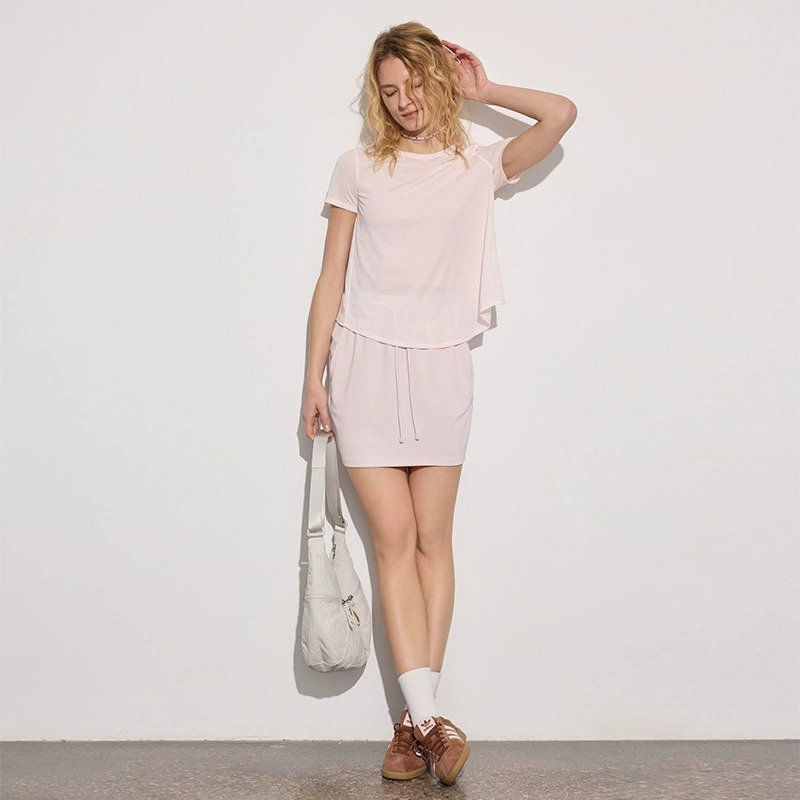
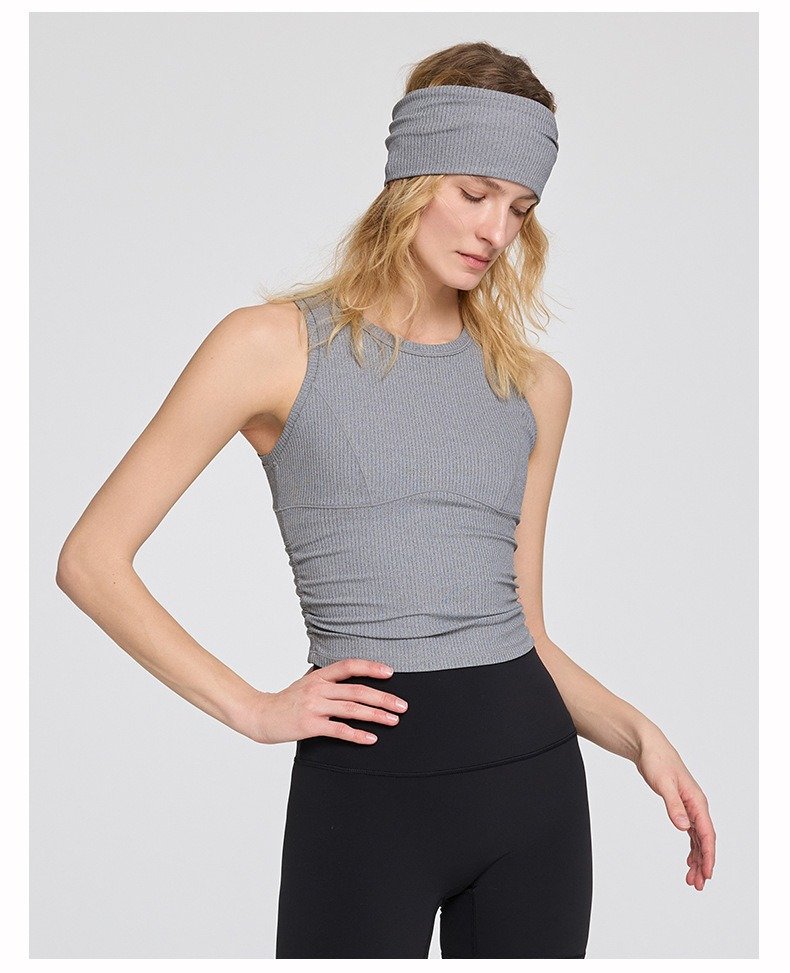
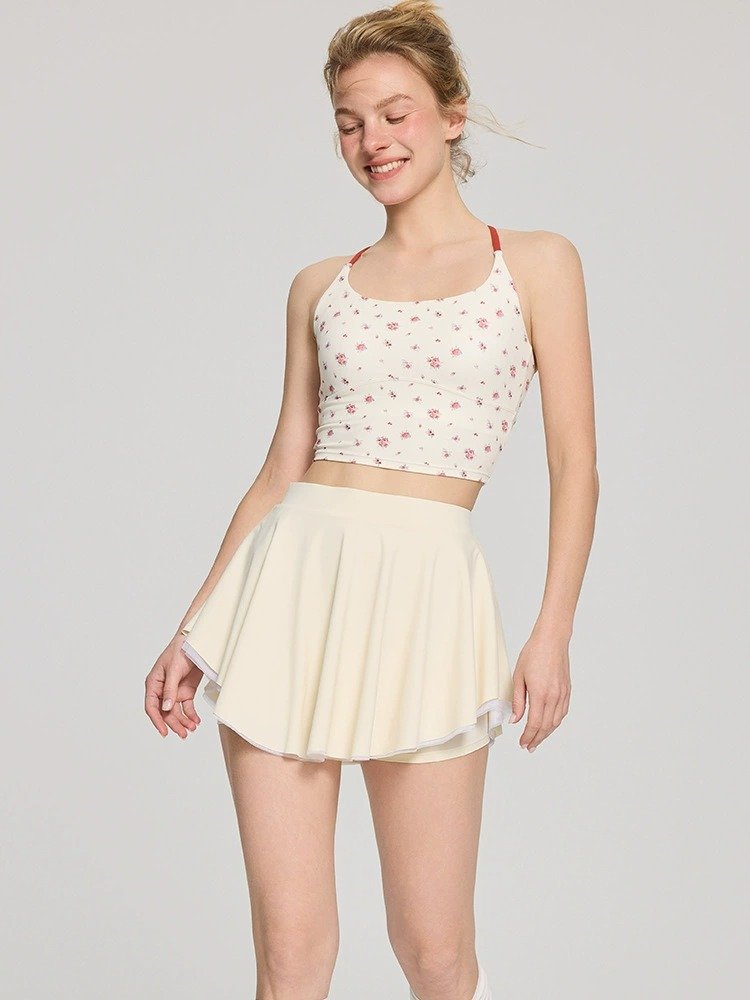
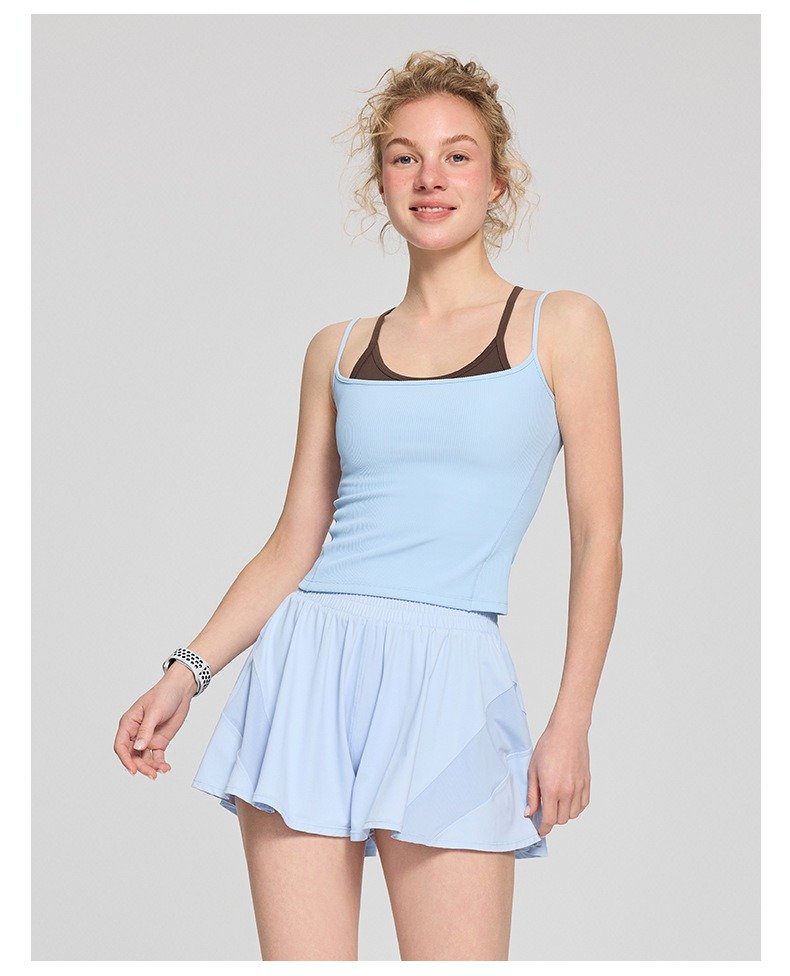
How to Choose the Right Fabric
When shopping for yoga wear—or designing your own line—consider these factors:
- Type of Yoga:
- Hot yoga → Sweat-wicking nylon/polyester blends.
- Power yoga → High-stretch spandex-rich fabrics.
- Restorative yoga → Soft bamboo or cotton blends.
- Climate:
- Hot climates → Lightweight, breathable bamboo or Tencel.
- Cold climates → Thick nylon or polyester blends for warmth.
- Sustainability Goals:
- Eco-conscious → Bamboo, organic cotton, recycled polyester.
- Performance-driven → Nylon-spandex or polyester-spandex blends.
Common Questions About Yoga Fabrics

1. Do natural fabrics perform well in yoga?
Yes, but with limitations. Cotton and bamboo are comfortable and breathable but need spandex for adequate stretch.
2. Why do some leggings slip during practice?
It’s usually due to poor stretch recovery or weak waistbands. High spandex content helps leggings stay put.
3. Which fabric is best for sweat-heavy yoga?
Nylon and polyester blends wick moisture better than cotton. Bamboo also performs well while staying eco-friendly.
4. Are sustainable fabrics less durable?
Not necessarily. Bamboo and Tencel are strong when blended properly, though recycled synthetics often match the performance of virgin fibers.
Fabric Care: Extending the Life of Yoga Wear
Even the best fabric won’t last if not properly cared for. Simple steps can make yoga clothing perform like new for years:
- Wash in cold water to preserve elasticity.
- Avoid fabric softeners, which can clog moisture-wicking fibers.
- Line dry instead of tumble drying to prevent spandex breakdown.
- Store folded, not hung, to avoid stretching at the seams.
Proper care not only saves money but also supports sustainability by reducing textile waste.
The Role of Brands in Fabric Innovation
Yoga clothing brands are increasingly investing in fabric technology. For example:
- Lululemon developed “Nulu” fabric, known for buttery softness.
- Alo Yoga integrates four-way stretch with sleek aesthetics.
- Small sustainable labels use recycled nylon and organic bamboo as their signature.


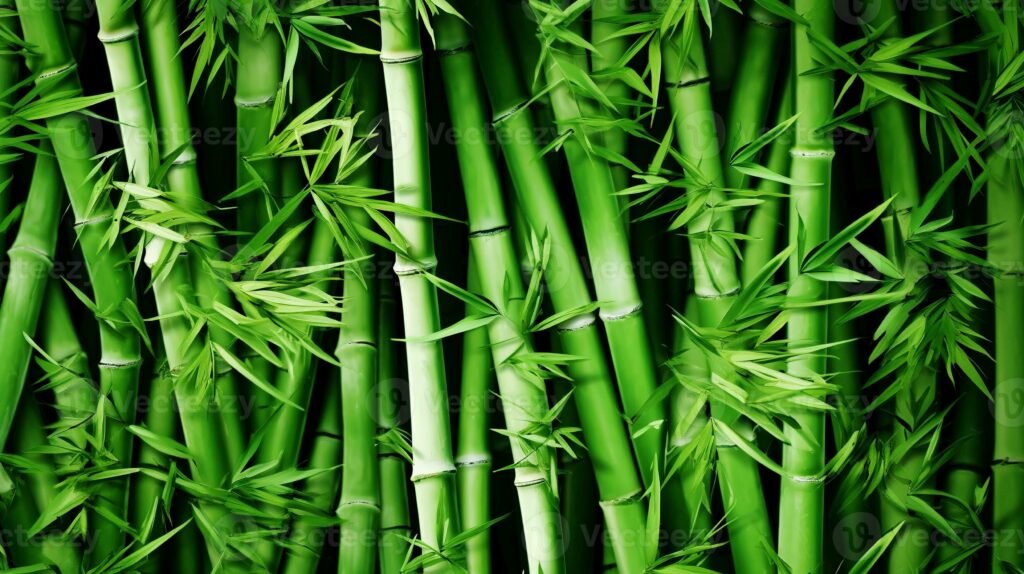
Fabric choice is not just technical—it’s also a marketing story. Shoppers are drawn to unique names (“Airlift,” “Align,” “Everlux”) that signal performance and innovation.
For Entrepreneurs: Choosing a Fabric Supplier
If you’re starting your own yoga wear brand, selecting a fabric supplier is one of the most important steps. Consider:
- Minimum Order Quantities (MOQ): Small brands need suppliers open to low-volume orders.
- Certifications: Look for OEKO-TEX, GOTS, or Bluesign.
- Lead Times: Faster suppliers help with trend-driven launches.
- Sample Policies: Make sure you can test small runs before committing.
- Partnership Approach: The best suppliers act as collaborators, not just vendors.
The Future of Yoga Fabrics

The next frontier in yoga clothing is smart textiles and eco-conscious design. Expect to see:
- Recycled synthetics replacing virgin polyester.
- Biodegradable fabrics designed to break down faster.
- Smart fabrics with cooling, anti-odor, or even biometric monitoring.
- Circular fashion models where used yoga wear is recycled back into new fibers.
Consumers are demanding both performance and transparency, pushing brands to innovate faster.
Final Thoughts
The science of stretch isn’t just technical jargon—it’s the foundation of comfort, performance, and style in yoga clothing. From spandex’s unbeatable elasticity to bamboo’s sustainable softness, each fabric offers unique advantages. The best yoga wear balances stretch, breathability, durability, and eco-friendliness to create outfits that feel as good as they look.
Whether you’re practicing hot yoga, lounging in athleisure, or launching your own activewear brand, understanding fabrics ensures smarter choices. After all, the right fabric doesn’t just fit your body—it supports your flow, your practice, and your lifestyle.

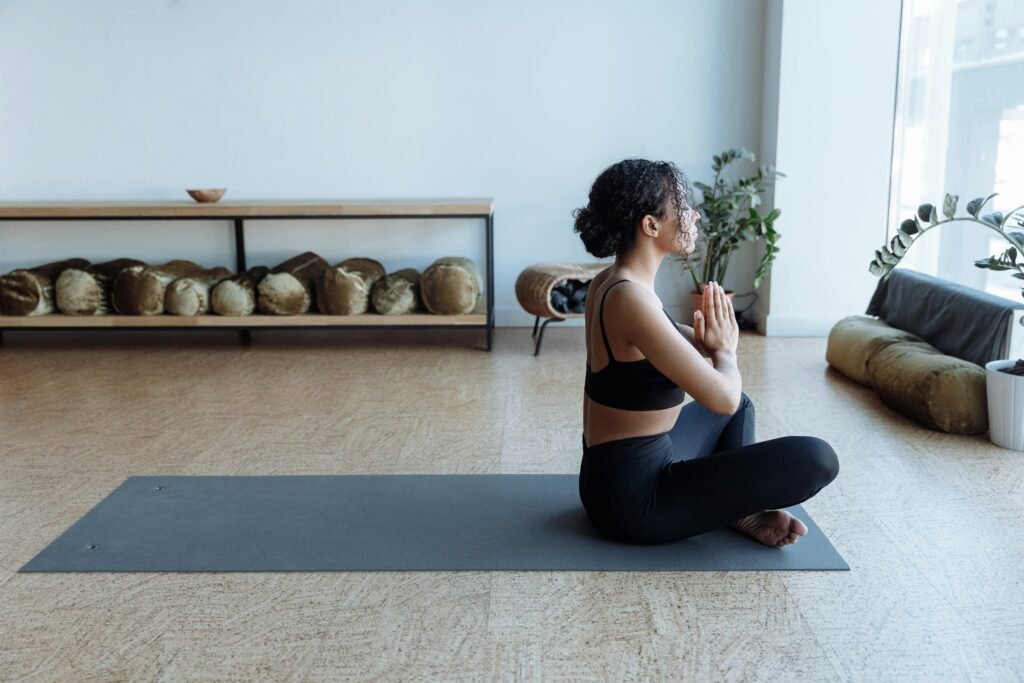

![[JuncoSports]The Insider's Guide to Sourcing High-Quality Wholesale Yoga Apparel](https://www.juncosports.com/wp-content/uploads/2025/07/image-15.jpg)
![[JuncoSports]From Studio to Street: Top 5 Wholesale Yoga Apparel Trends for Maximum Profit](https://www.juncosports.com/wp-content/uploads/2025/07/image-16.jpg)
![[JuncoSports]7 Red Flags to Watch for When Choosing Yoga Clothing Suppliers](https://www.juncosports.com/wp-content/uploads/2025/07/image-17.jpg)
